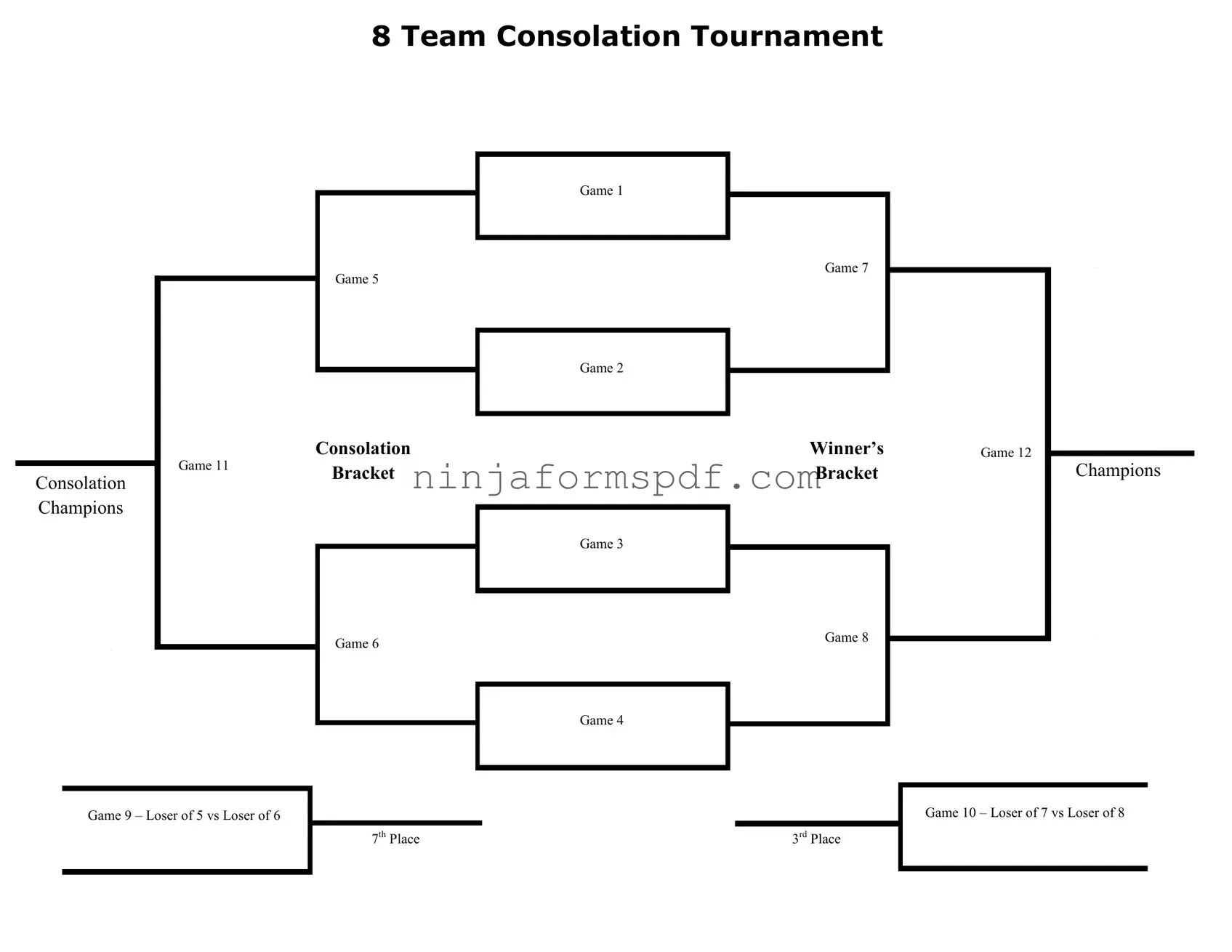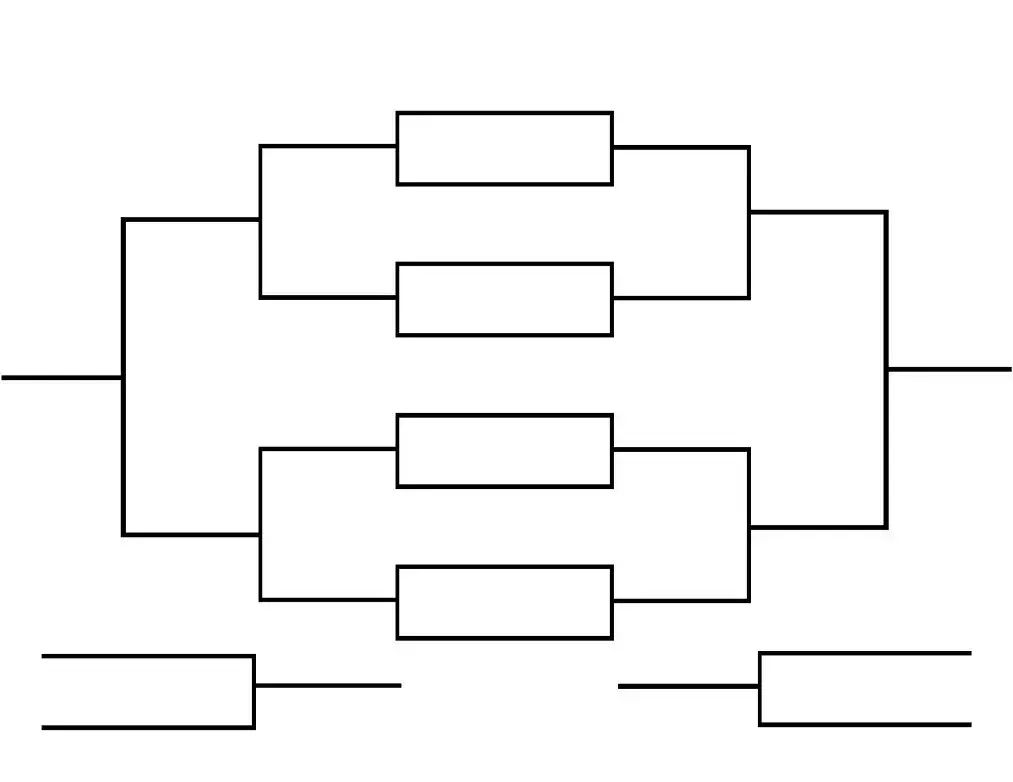What is a Tournament Consolation Bracket?
A Tournament Consolation Bracket is a structure within a tournament that provides teams or players who lose in the early rounds a chance to continue competing. In this format, participants who do not win their initial games move into a separate bracket to vie for positions below the top spot, offering them more playtime and a chance to place better than those eliminated early on.
How does an 8 Team Consolation Tournament work?
In an 8 Team Consolation Tournament, the competition starts with eight teams playing four initial games. The losers of these games move to the Consolation Bracket, where they have the opportunity to compete for the Consolation Championship. The winners continue in the Winner’s Bracket for the overall championship. Games in the Consolation Bracket determine rankings such as 3rd and 7th places among the teams.
How are games organized in the Consolation Bracket?
For the Consolation Bracket, the teams that lose in the first four games (Games 1-4) get a second chance by playing in Games 5-8. Specifically, losers of games 5 and 6 face off in Game 9, and losers of games 7 and 8 meet in Game 10. The outcomes of these games help determine the final rankings, including the 3rd and 7th places.
What is Game 11 in the Consolation Bracket?
Game 11 is a crucial part of the Consolation Bracket, where the winners from games 7 and 8 compete. This game is pivotal as it determines who moves on to vie for the Consolation Championship. The winner of Game 11 essentially secures a spot in the final round of the Consolation Bracket.
How is the Consolation Champion determined?
The Consolation Champion is determined in Game 12, which is the final game of the Consolation Bracket. This game pits the winner of Game 11 against another contender that has progressed through the Consolation Bracket. The victor of Game 12 is crowned the Consolation Champion, securing the top position within this subset of the tournament.
What happens to teams that lose in Games 5 and 6?
Teams that lose in Games 5 and 6 move on to compete in Game 9. The outcome of Game 9, along with Game 10, helps decide lower rankings within the tournament, specifically identifying which team will claim the 7th place.
How are 3rd and 7th places in the tournament determined?
The 3rd place is determined by the outcomes of the matches in the Consolation Bracket, particularly focusing on the winners of Games 9 and 10. These games play a critical role in establishing the rankings below the top two positions. Similarly, 7th place is determined by the losing teams in Games 9 and 10, providing a clear ranking for teams that did not advance further in the Consolation Bracket.
What is the benefit of having a Consolation Bracket in a tournament?
The primary benefit of a Consolation Bracket is that it offers teams a second chance to compete and improve their final standings in the tournament, even after an initial loss. This structure not only increases the number of games each team plays but also enhances the overall competition experience by allowing teams to continue competing for a meaningful position within the tournament. It fosters a more inclusive, engaging experience for all participants.

